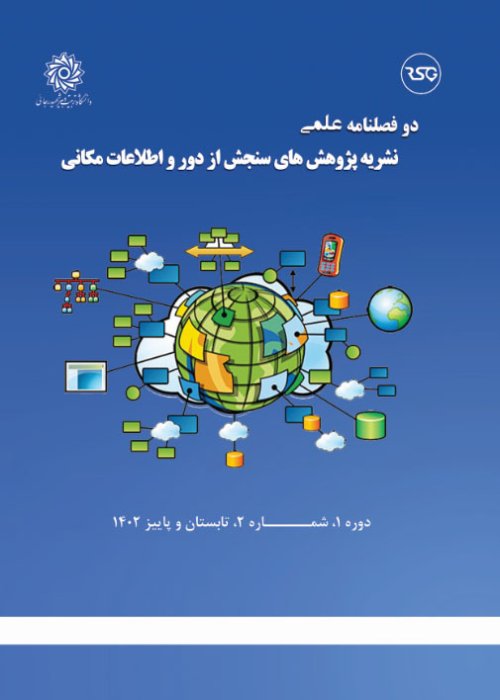Assessment of Vegetation Mapping Methods Using GIS and Remote Sensing
Today, it is very important to know the quantitative and qualitative characteristics of changes in environmental planning, land use and sustainable development. Currently, the use of vegetation maps is one of the important elements in generating information for macro and micro planning. In general, there are various methods for collecting data, including astronomical observations, photogrammetry, mapping and remote sensing. Remote sensing is one of the data collection methods in which it has the least amount of direct contact with the objects and features being measured and unlike other methods in which human factors play a role in collecting and interpreting terrestrial data, in remote sensing method the task of collecting information will be the responsibility of the sensors. Due to the over-exploitation of natural resources, the landscape is constantly changing and monitoring these changes as well as updating maps is costly and time consuming, so many developed countries now have to prepare maps in Different levels use satellite data.
In this research, we will how remote sensing satellite images can be used to prepare maps of vegetations. The use of plant coating maps is one of the important pillars in the production of information for macro planning. The aim of this research is to produce a map of natural and cultivated vegetation as well as irrigated lands and gardens using remote sensing technology and geographic information system. For this purpose, satellite images and ground surveys were used as input data and these data were analyzed using different methods of classification. As a case study the south of Zanjan city was selected for preparing of land use map. The Sentinel-2 satellite images of 2018 were used. Several software such as Envi, ArcGIS, and SAGAGIS were used. The best classification method was selected using ArcGIS software. To check the functionality and efficiency of the data, normalized vegetation index (NDVI) images were calculated with a spatial accuracy of 15 meters and one NDVI image was considered for each month. In total, 12 images are selected and converted into a triple band by layer stacking.
Data validation is based on Google Earth and the precision of the vegetation of the study area was studied using classification methods such as Maximum Likelihood, Minimum Distance, Support Vector Machine, Neural Network and Random Forest. In each classification method, the Kapa coefficient has been examined by using the commission and omission error matrix and the overall accuracy of the map. It was determined by comparing all the methods and evaluating the obtained results, Random Forest Algorithm method with overall accuracy of 96.51% and kappa coefficient of 0.8181 was chosen as the best method of vegetation classification in the study area.
The results of this research indicated that in the random forest algorithm, the probability of each pixel belonging to each class is determined with high accuracy. The ability to determine the importance of features in the classification that can be used to select the optimal feature space is one of the most important advantages of this method. Also, the ability to classify noisy data, which can be used to increase and refine training samples, no need to select or reduce bands when using multispectral images, are other advantages of the random forest algorithm. In this way, the simplicity and comprehensible structure of this algorithm, along with its technical advantages, has made it highly flexible and made it very easy to combine with other methods.
- حق عضویت دریافتی صرف حمایت از نشریات عضو و نگهداری، تکمیل و توسعه مگیران میشود.
- پرداخت حق اشتراک و دانلود مقالات اجازه بازنشر آن در سایر رسانههای چاپی و دیجیتال را به کاربر نمیدهد.


